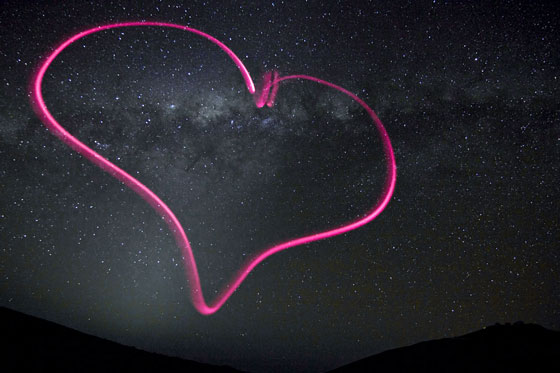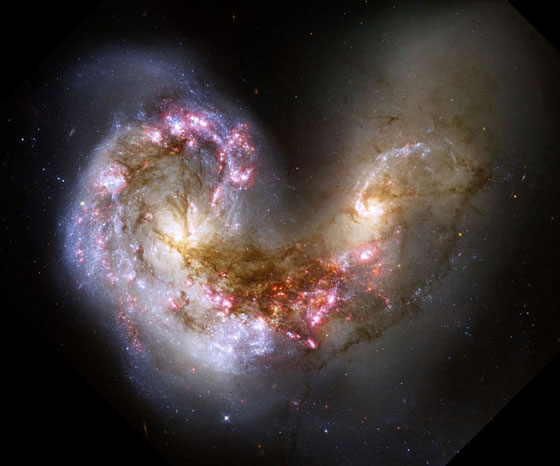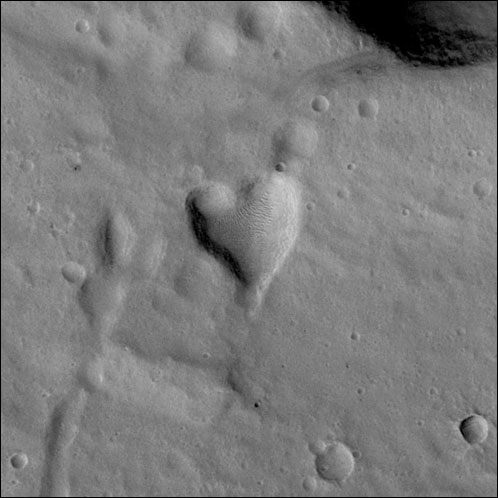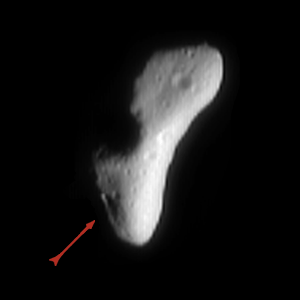
- There is a lot to love about astronomy, and photographer Julien Girard offers a “heartfelt” example in this image. A bright pink symbol of love appears to float ethereally against the backdrop of the night sky over the European Southern Observatory’s (ESO’s) Paranal Observatory in northern Chile. Girard drew the heart in the air by shining a tiny flashlight keychain at the camera during a 25-second exposure with a tripod.
The central region of the Milky Way appears in the middle of the heart, as the plane of our galaxy stretches across the image. The stars of the constellation of Corona Australis (The Southern Crown) form a glittering arc of jewels at the top of the heart’s left lobe. The diffuse glow to the left of the heart’s lowest point is zodiacal light, caused by the scattering of light from the Sun by dust particles in the Solar System.
On the far right horizon, the 8.2-metre telescopes of the ESO Very Large Telescope (VLT) facility stand out in silhouette atop Cerro Paranal. The lights of a car driving down from the observatory platform can be seen just to the left of the telescopes.
Julien Girard is an ESO astronomer based in Chile, who works at the Ver Large Telescope (VLT). He is the instrument scientist for the NACO adaptive optics instrument on the VLT’s Unit Telescope 4. He submitted this photograph to the Your ESO Pictures Flickr group, from where it was picked out as an ESO Picture of the Week.

Credit: NASA, ESA, and the Hubble Heritage Team STScI/AURA)-ESA/Hubble Collaboration. Acknowledgement: B. Whitmore ( Space Telescope Science Institute) and James Long (ESA/Hubble).
Colliding galaxies make love, not war
This Hubble Space Telescope image of the Antennae galaxies is the sharpest yet of this merging pair of galaxies. As the two galaxies smash together, billions of stars are born, mostly in groups and clusters of stars. The brightest and most compact of these are called super star clusters.

This picture of a heart-shaped pit on Mars was taken on February 26, 2008 by the Mars Reconnaissance Orbiter (MRO). It is approximately 2 kilometers (1.2 miles) long and is centered near Mars’ equator. The pit is one of many adjacent to Hydaspis Chaos, a jumbled topographic depression thought to have formed by collapse of the surface due to—perhaps—catastrophic release of groundwater.

Just in time for its Valentine’s Day 2000 date with 433 Eros, the Near Earth Asteroid Rendezvous (NEAR) spacecraft snapped this photo during its approach to the 21-mile (34 kilometer)-long space rock. Taken Feb. 11, 2000 from 1,609 miles (2,590 kilometers) away, the picture reveals a heart-shaped depression about 3 miles (5 kilometers) long. Scientists at the Johns Hopkins University Applied Physics Laboratory – which manages the NASA mission – processed the image on Feb. 12, 2000.